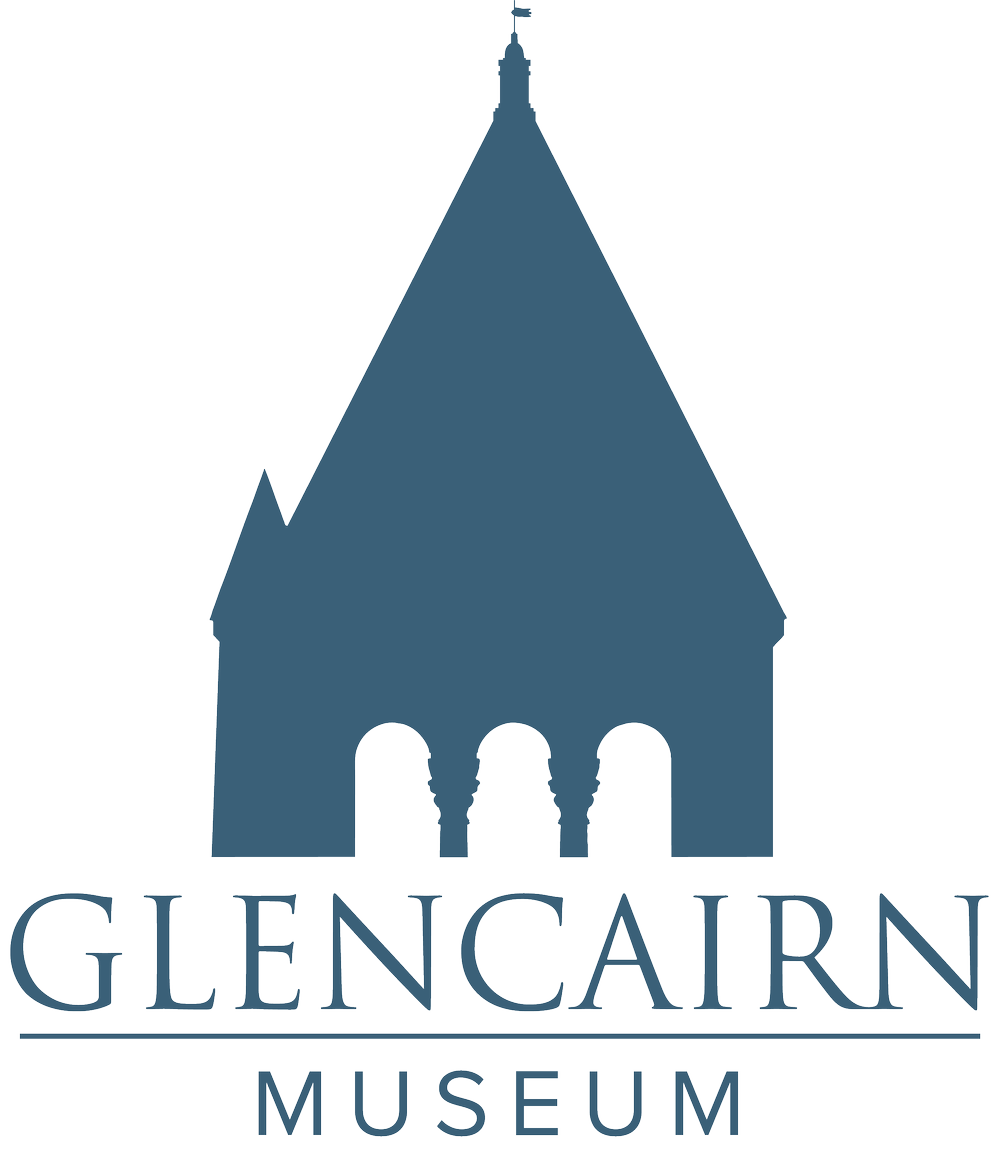Glencairn Museum News | Number 11, 2011
Mary and the Christ Child from a Neapolitan presepio.
Figure 1: Russian Nativity from Sergiev Posad.
Glencairn’s annual exhibition, Follow the Star: World Nativities, opened the day after Thanksgiving and will run through January 14. The exhibition features dozens of Nativity sets from 17 different countries, including some from countries like Egypt and Ethiopia not traditionally associated with the crèche. Most of these sets have never before been on public exhibition, and for the first time this year artistic settings for the Nativity figures have been created by Bryn Athyn artisan Kathleen Glenn Pitcairn. A special video preview is available on Glencairn’s website and YouTube (and can also be accessed here). This Sunday, December 4, the exhibition will be featured at Glencairn’s annual event, “Glad Tidings: A Celebration of Christmas,” from 1 to 5 p.m.
Another new addition this year is a special online resource on Glencairn’s Web site titled, “Do You See What I See? Imagery in Nativity Scenes.” Although Nativity scenes can be enjoyed on purely spiritual and aesthetic grounds, Glencairn has created this website to help visitors to the exhibition, and others interested in the subject, understand the origins of the imagery found in Nativity scenes. According to Ed Gyllenhaal, Glencairn’s curator, “The Christmas story as represented in a Nativity is inspired by events described in the Gospels of Matthew and Luke. However, many of these scenes also incorporate non-biblical Christian texts and legends. Learning about the history of these traditions can lead to a better understanding and appreciation of Nativities.”
Figure 2: Wise men from a Jemez Pueblo Nativity set.
In addition to the images common to most Nativity scenes, such as the Holy Family, manger, star of Bethlehem, shepherds, and wise men, artisans frequently add imagery of their own. Three-dimensional Nativity scenes often feature regionally distinctive structures, clothing, vegetation, and animals. Depending on the geographical location, the customary ox and ass at the manger may be replaced by a water buffalo, a zebra, or a llama. Nativities are often crafted from whatever materials are available locally, such as clay, grass, corn husks, sticks, bark, gourds, and even coconuts.
Glencairn’s annual exhibition is now in its third year. Most of the Nativities in the Glencairn collection have been gifted by members of The Friends of the Creche, a national organization. This year’s exhibition features crèches donated by Alan and Mary Liz Pomeroy of West Chester, Pa., and by Brother Bob Reinke, a Franciscan friar who is a pastoral associate at St. Ann’s Church in Hoboken, New Jersey. Brother Bob, whose special love of Christmas earned him the nickname “Brother Christmas,” has also given the Museum his personal collection of antique Christmas tree ornaments, gathered over his lifetime. A tree decorated with these ornaments will be on exhibit in Glencairn’s Great Hall.
Figure 3: The Eisenhower Family in the East Room of the White House with a Nativity gift from Raymond and Mildred Pitcairn. Winfred S. Hyatt and several craftsmen from Raymond Pitcairn’s Bryn Athyn Studios produced the cabinetwork and landscaping, while Hanna Binder, an artist from Bucks County, Pennsylvania, carved the human figures from wood. Photo courtesy of the National Park Service (Abbie Rowe).
The New Church (Swedenborgian) congregation in Bryn Athyn has a longstanding tradition of Nativities, several examples of which are in the Museum’s collection. One is a three-part Nativity made for the Raymond Pitcairn family by Winfred Sumner Hyatt (1891–1959), a New Church artist; another is a handmade and painted chalkware set made by Theta Alpha International, a New Church women’s organization. Glencairn Museum is located in the former home of Raymond and Mildred Pitcairn, built between 1928 and 1939. The Pitcairns commissioned Hyatt to design and build the family’s three-part Nativity scene in the 1920s when the family was living at Cairnwood. (Hyatt was the principal stained-glass artist and designer for Bryn Athyn Cathedral and later Glencairn.) In addition to the Nativity scenes made for the Raymond Pitcairn family, Hyatt went on to make similar scenes for Bryn Athyn Cathedral, the Harold Pitcairn family (Raymond’s brother), and the Eisenhower White House (Figure 3).
Follow the Star hours are: 1 to 5 p.m. Dec. 4; noon to 4:30 p.m., Monday–Saturday Nov. 25 through Jan. 14; closed on other Sundays, as well as Dec. 12, 13, 14 and 24. “Glad Tidings: A Celebration of Christmas,” will take place this Sunday, December 4, from 1 to 5 p.m. For more information visit www.glencairnmuseum.org or call the museum at 267-502-2990.
(CEG)
A complete archive of past issues of Glencairn Museum News is available online here.




